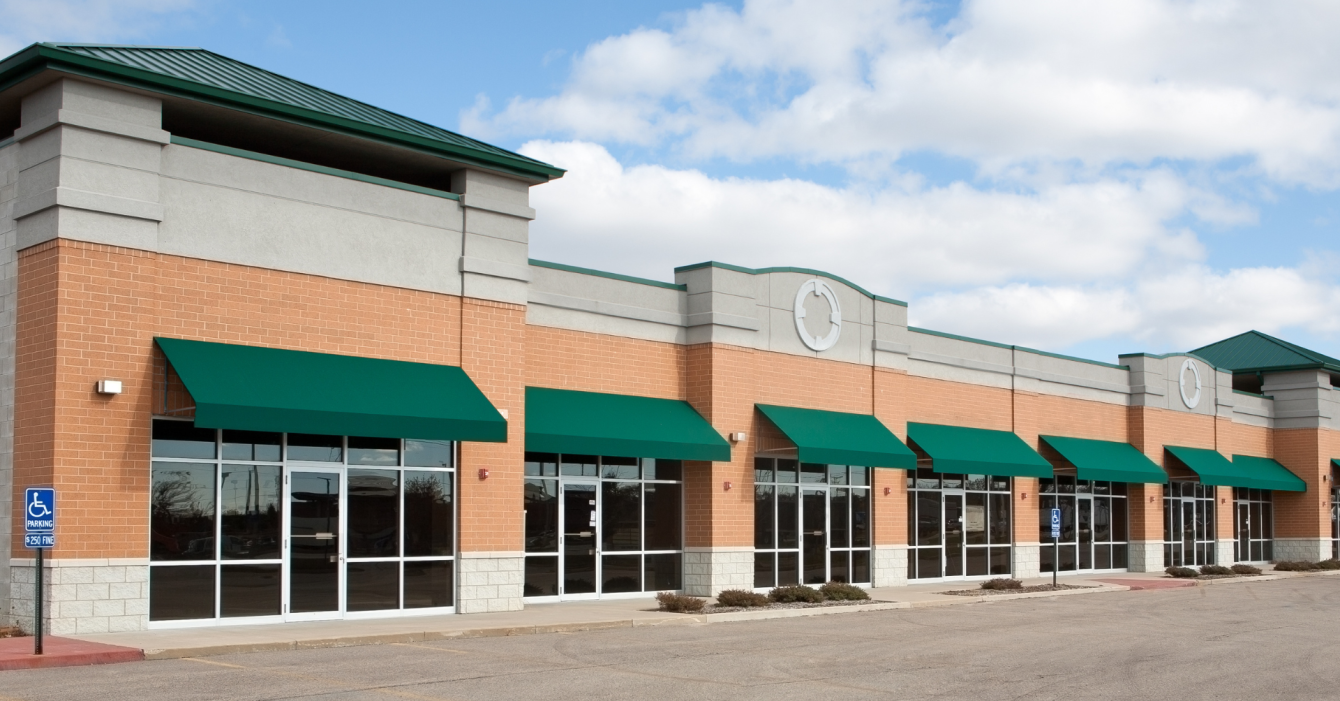There is a profound language barrier in the commercial real estate industry. It exists between the boiler room and the boardroom.
Operations teams speak in a technical dialect of kilowatts, setpoints, and BMS alarms. The C-suite speaks a financial language of EBITDA, Net Operating Income (NOI), and asset value. When these two groups fail to communicate effectively, multi-million dollar opportunities are missed, and buildings continue to operate inefficiently.
Your CEO doesn’t care about your BMS alarms. They care about the financial health of the portfolio.
The most effective and respected operations leaders are bilingual. They are not just technical experts; they are expert translators. They have mastered the art of taking the complex, physical realities of their buildings and translating them into the language of financial impact. This skill is the key to securing executive buy-in, unlocking capital for crucial projects, and elevating the role of operations from a technical function to a strategic one.
How to Talk to a CFO: 3 Essential Translations
To get executive buy-in for that much-needed upgrade, you need to stop talking about the equipment and start talking about the balance sheet. Here are three ways to frame operational wins in the language your C-suite understands.
1. Instead of “Reduced Energy Use”… Talk About “Higher NOI & Increased Asset Value.”
Operational Language: “Our new analytics platform helped us save $12,000 in annual energy costs.”
C-Suite Translation: “Our new analytics platform has directly contributed to a $12,000 increase in our building’s Net Operating Income.”
This is a strong start, but a true translator takes it one step further by connecting NOI directly to the building’s total worth.
The Multiplier Effect: Turning Operational Savings into Asset Value The value of a commercial property is determined by its NOI and the market’s Capitalization Rate (Cap Rate). The formula is simple: Asset Value = NOI / Cap Rate.
This means that every dollar you add to the NOI has a multiplied effect on the asset’s total value. Let’s use that $12,000 energy saving as an example. In a market with a 6% Cap Rate, the impact is staggering:
Increase in Asset Value = $12,000 / 0.06 = $200,000
By translating the operational saving into this ultimate financial metric, you are no longer just talking about utility bills. You are demonstrating that your team’s work on the roof just made the building $200,000 more valuable. That is a language any owner or executive will understand.
2. Instead of “Extended Equipment Life”… Talk About “Deferred Capital Expenditure.”
Operational Language: “Our proactive maintenance program is improving the health of our 15-year-old chillers.”
C-Suite Translation: “Our proactive maintenance program is on track to extend the useful life of our primary chillers by an estimated 5 years. This allows us to defer a projected $1.2 million capital replacement, preserving capital and freeing up funds for other strategic investments across the portfolio.”
This translation shows that you are not just a manager of expenses, but a strategic manager of capital. Deferring a major capital expenditure is a massive financial win that any CFO will understand and appreciate.
3. Instead of “Improved Tenant Comfort”… Talk About “Reduced Tenant Churn Risk.”
Operational Language: “We’ve had fewer ‘hot/cold’ calls since we optimized the VAV boxes on the 4th floor.”
C-Suite Translation: “By resolving the chronic comfort issues on the 4th floor, we have significantly improved the satisfaction of our largest tenant, XYZ Corp, during their lease renewal period. This operational stability reduces our tenant churn risk and helps protect the long-term cash flow and value of this asset.”
Tenant retention is a primary driver of asset value. By connecting the dots between a stable, comfortable environment and a happy, long-term tenant, you are proving that operational excellence is a critical component of the asset’s overall financial strategy. You’re not just fixing problems; you’re protecting revenue.


